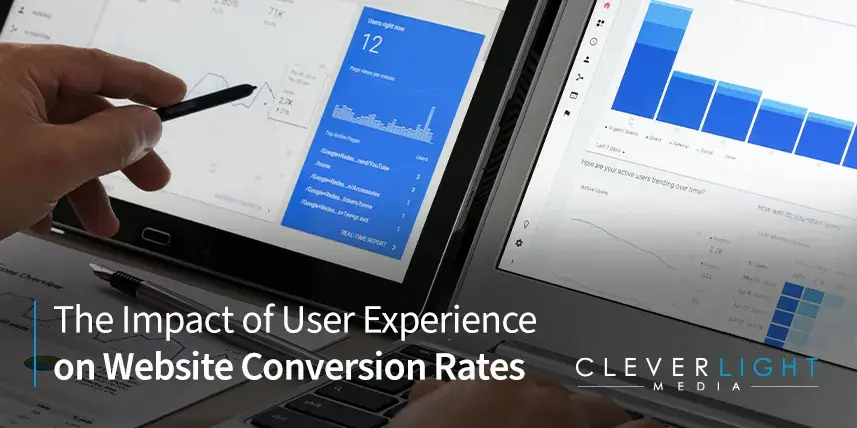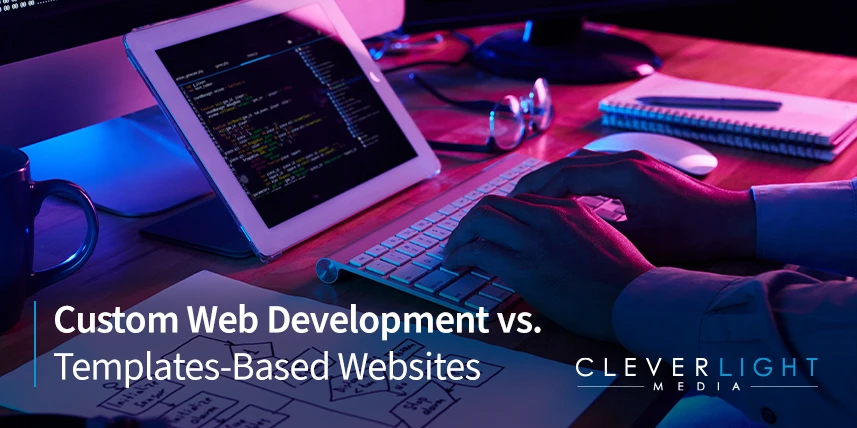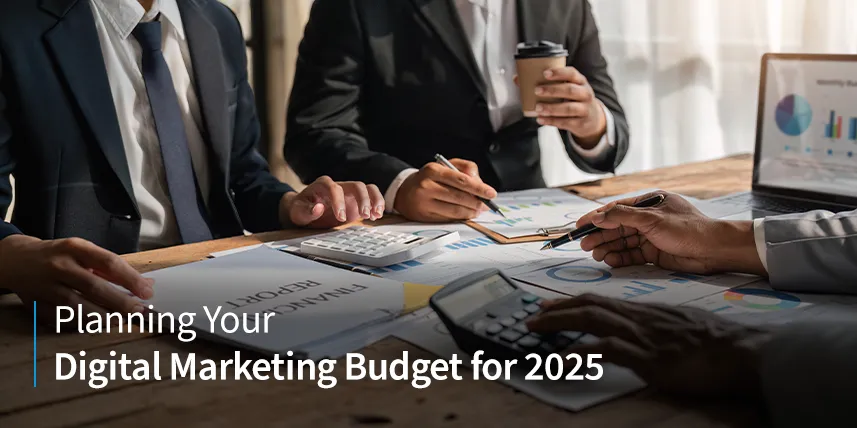When it comes to website design, there are many factors to consider. From aesthetics to functionality, a well-designed website can help you attract and retain your target audience, and ultimately, drive conversions. One of the most critical elements of website design is user experience (UX). In this blog post, we’ll explore the impact of UX on website conversion rates and how you can improve your website’s UX to increase conversions.
What is User Experience (UX)?
User experience (UX) refers to the overall experience a user has when interacting with a website, app, or other digital product. It encompasses everything from the layout and design to the ease of navigation and functionality. A good UX design considers the user’s needs, preferences, and behaviors, and aims to create a seamless and enjoyable experience.
The Importance of User Experience (UX) in Website Design
The importance of UX in website design cannot be overstated. A well-designed website with good UX can help you achieve the following:
Attract and Retain Visitors
A website with good UX is more likely to attract visitors and keep them on your site for longer. When visitors have a positive experience on your website, they are more likely to return in the future and recommend your site to others.
Improve Conversion Rates
A website with good UX is also more likely to convert visitors into customers. When visitors find it easy to navigate your site and find the information they need, they are more likely to take the desired action, whether that’s making a purchase, filling out a contact form, or signing up for a newsletter.
Boost Search Engine Ranking
Good UX design can also improve your website’s search engine ranking. Search engines like Google consider UX as a ranking factor, so a website with good UX is more likely to rank higher in search engine results pages (SERPs) and attract more traffic to your site.
How User Experience (UX) Impacts Website Conversion Rates
There are several ways in which UX can impact website conversion rates. Let’s take a closer look at some of the most critical factors.
Website Speed
Website speed is one of the most critical factors in UX design. A slow-loading website can frustrate visitors and cause them to leave your site before taking any action. On the other hand, a fast-loading website can improve the user experience and increase the likelihood of conversion.
To improve your website speed, you can compress images and files, minify your code, and use a content delivery network (CDN) to distribute your website’s content.
Navigation and Structure
The navigation and structure of your website can also have a significant impact on user experience and conversion rates. A website with clear and easy-to-use navigation is more likely to keep visitors engaged and help them find the information they need.
To improve your website’s navigation and structure, consider organizing your content into categories and subcategories, using clear labels and descriptions for menu items, and using breadcrumbs to help visitors navigate your site.
Mobile Optimization
With the increasing use of mobile devices, mobile optimization has become essential for website design. A website that’s not optimized for mobile devices can be frustrating to use and lead to a poor user experience.
To improve your website’s mobile optimization, consider using a responsive design that adapts to different screen sizes, optimizing your images and videos for mobile, and using mobile-friendly fonts and button sizes.
Content Quality
The quality of your website’s content is also crucial for UX and conversion rates. High-quality content is more likely to engage visitors, keep them on your site for longer, and encourage them to take action.
To improve your website’s content quality, consider creating original, informative, and engaging content that’s relevant to your target audience. Use headings and subheadings to break up your content, use bullet points to highlight key information, and use high-quality images and videos to enhance your content.
How to Improve Your Website’s User Experience (UX)
Improving your website’s UX can seem daunting, but it’s essential for improving conversion rates and driving business results. Here are some tips for improving your website’s UX:
Conduct User Testing
One of the best ways to improve your website’s UX is to conduct user testing. Ask a group of users to test your website and provide feedback on its usability, navigation, and overall experience. Use this feedback to identify areas for improvement and make changes accordingly.
Optimize Your Website for Speed
As mentioned earlier, website speed is critical for UX and conversion rates. Use tools like Google PageSpeed Insights to identify areas for improvement, such as compressing images and files, minifying your code, and leveraging browser caching.
Focus on Navigation and Structure
Your website’s navigation and structure are also crucial for UX. Ensure your navigation is clear and easy to use, and organize your content into categories and subcategories to make it easier to find.
Optimize for Mobile Devices
With the increasing use of mobile devices, mobile optimization is more critical than ever. Ensure your website is optimized for mobile devices with a responsive design, mobile-friendly fonts, and optimized images and videos.
Create High-Quality Content
High-quality content is essential for engaging visitors and driving conversions. Create original, informative, and engaging content that’s relevant to your target audience. Use headings, subheadings, bullet points, and high-quality images and videos to enhance your content.
Conclusion
In conclusion, user experience (UX) is a critical element of website design that can have a significant impact on conversion rates and business results. By focusing on website speed, navigation and structure, mobile optimization, and content quality, you can improve your website’s UX and drive more conversions.
At CleverLight Media, we specialize in website design and optimization for improved UX and increased conversion rates. Contact us today to learn how we can help you improve your website’s UX and drive business results.







